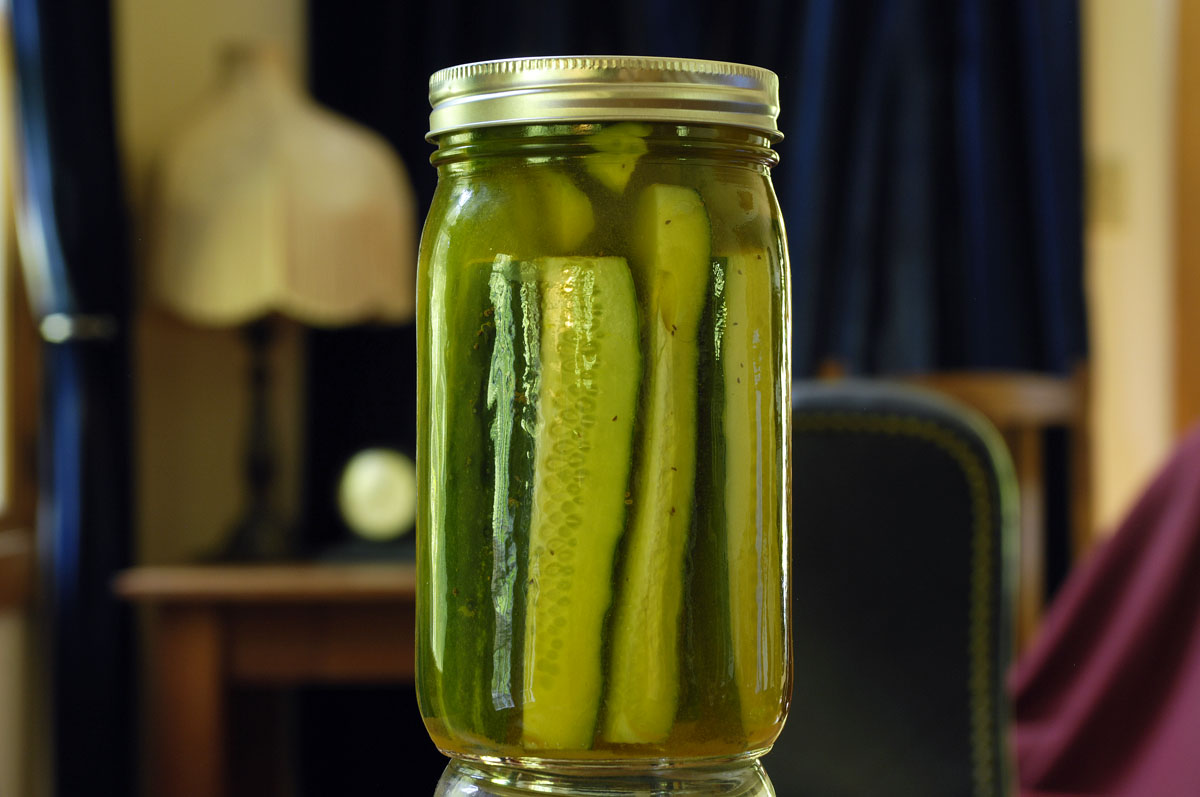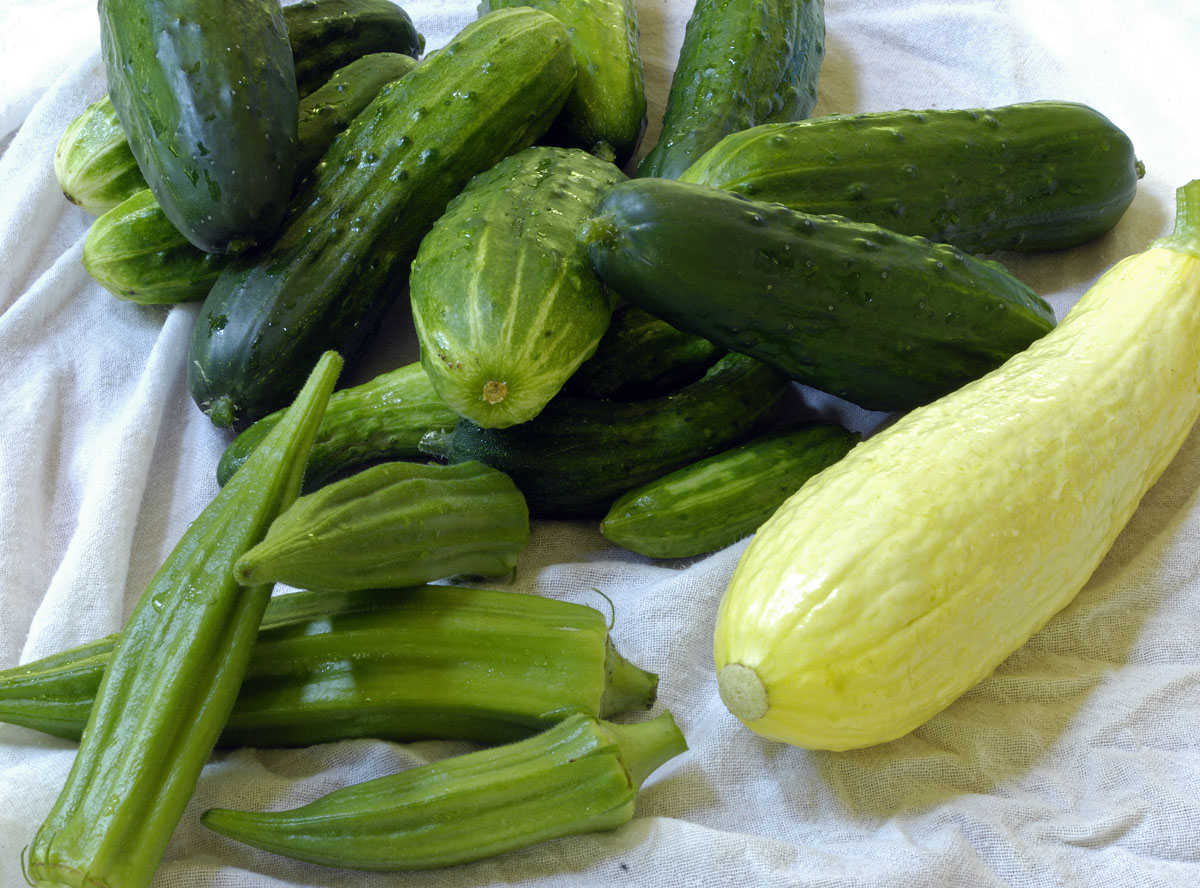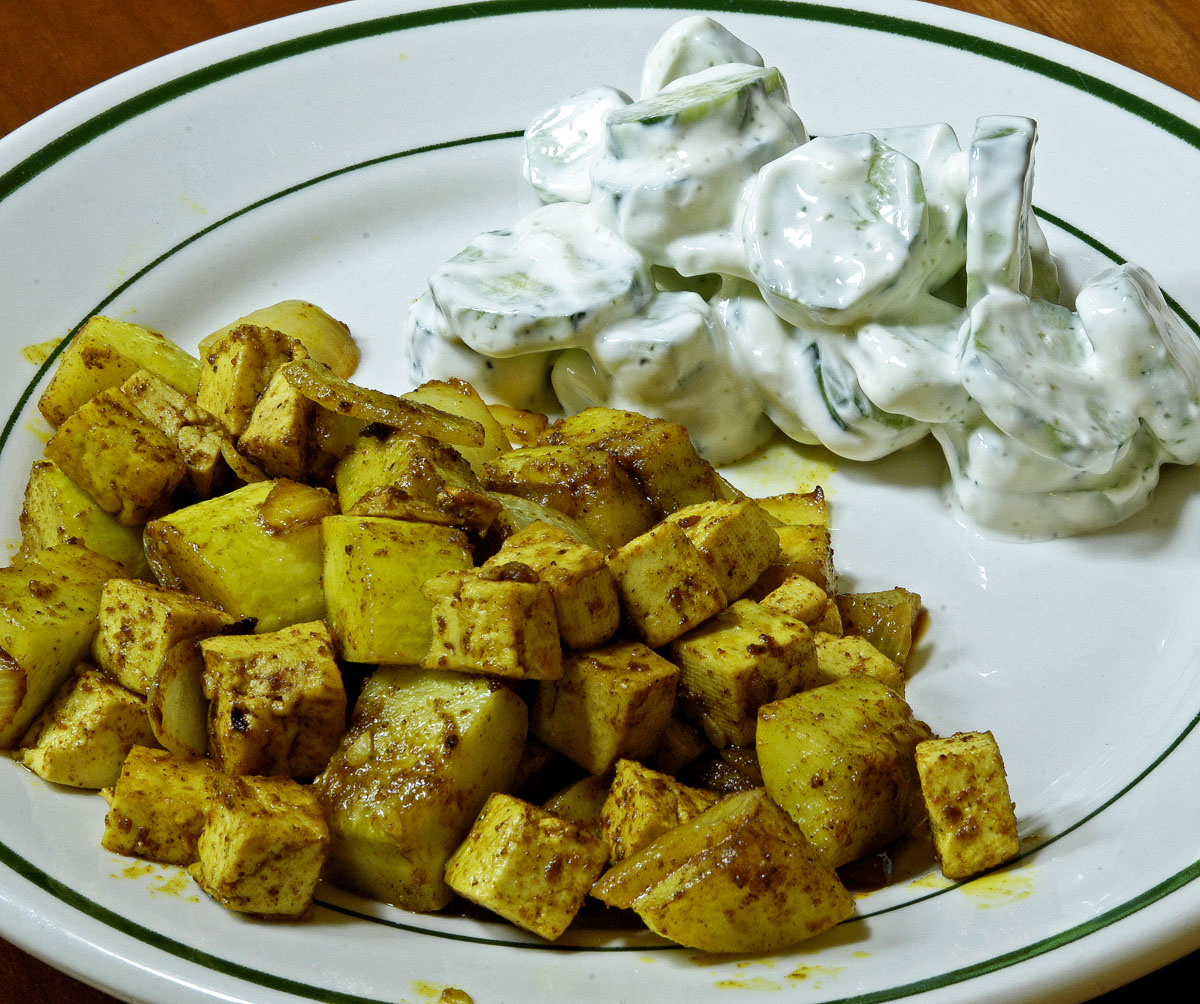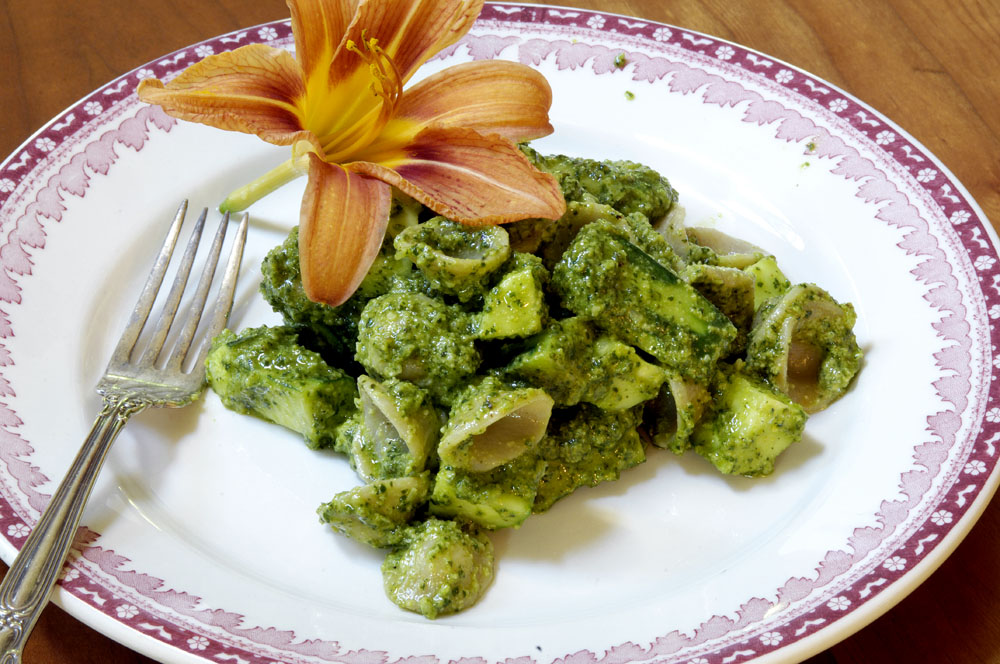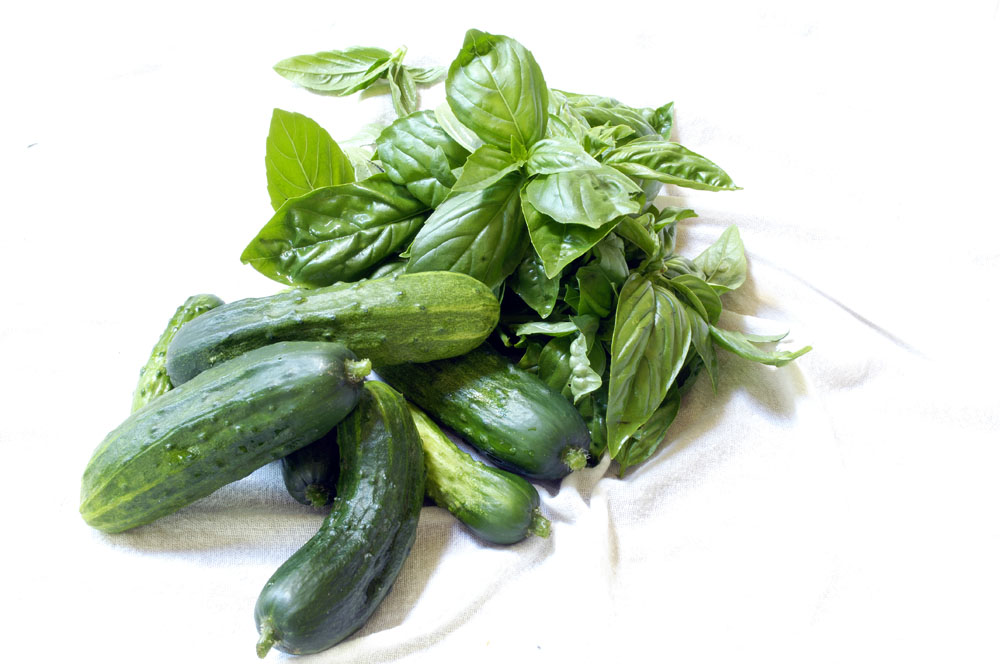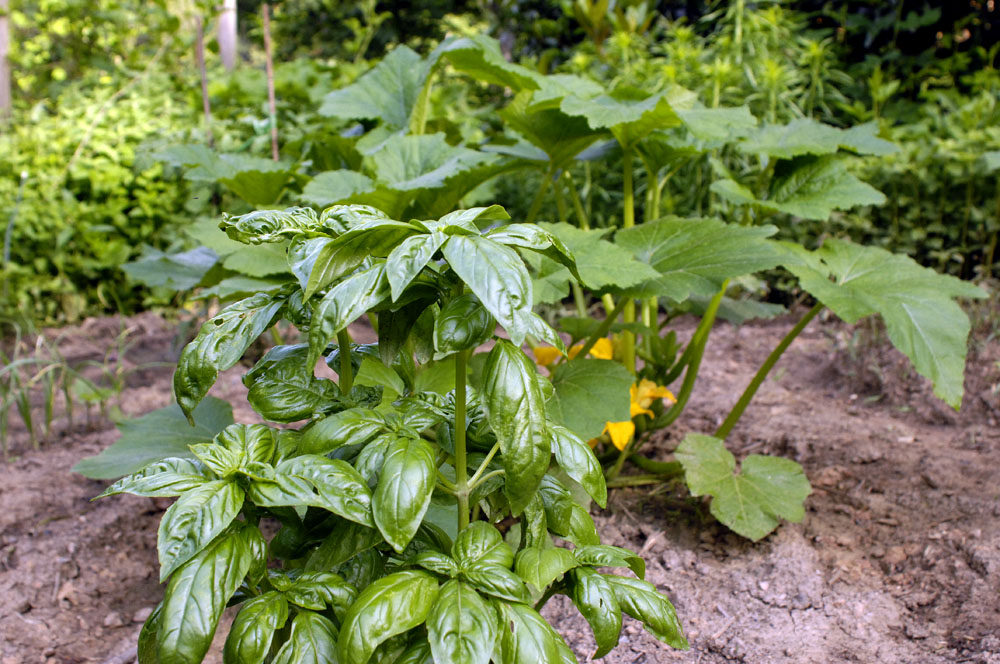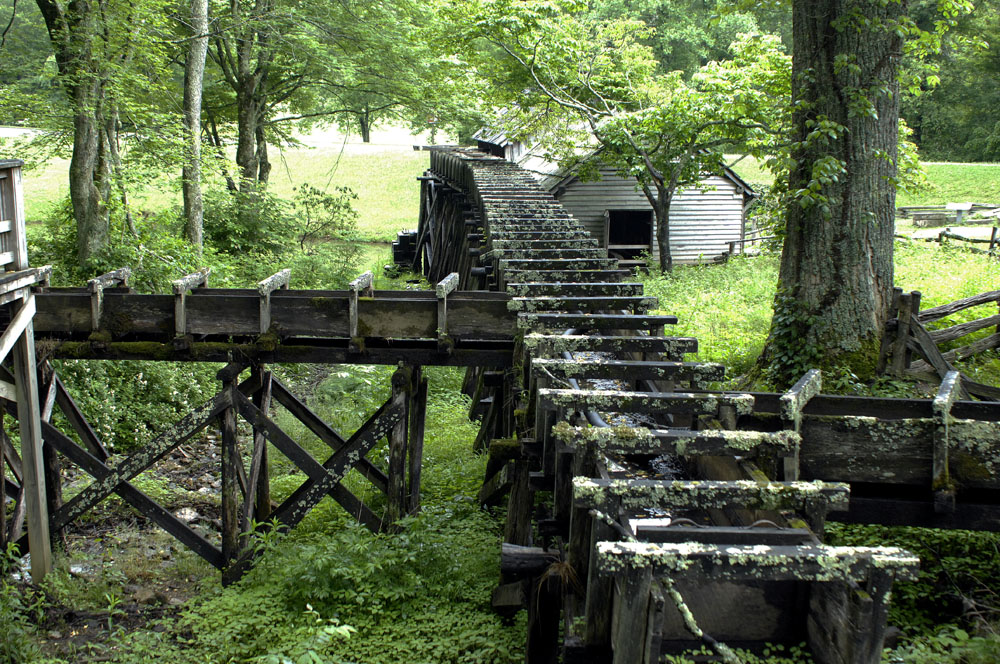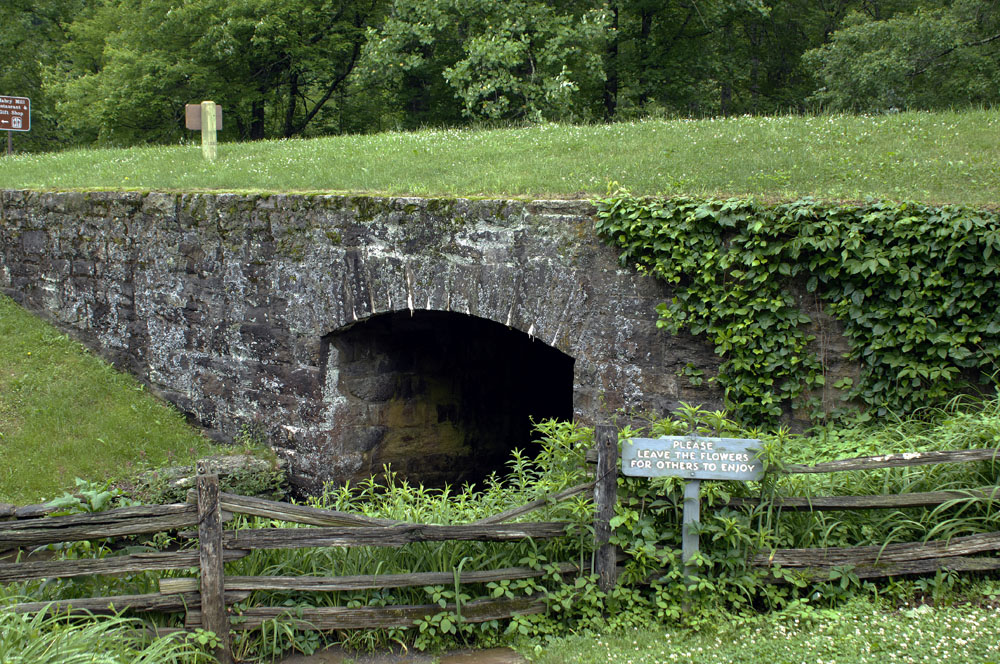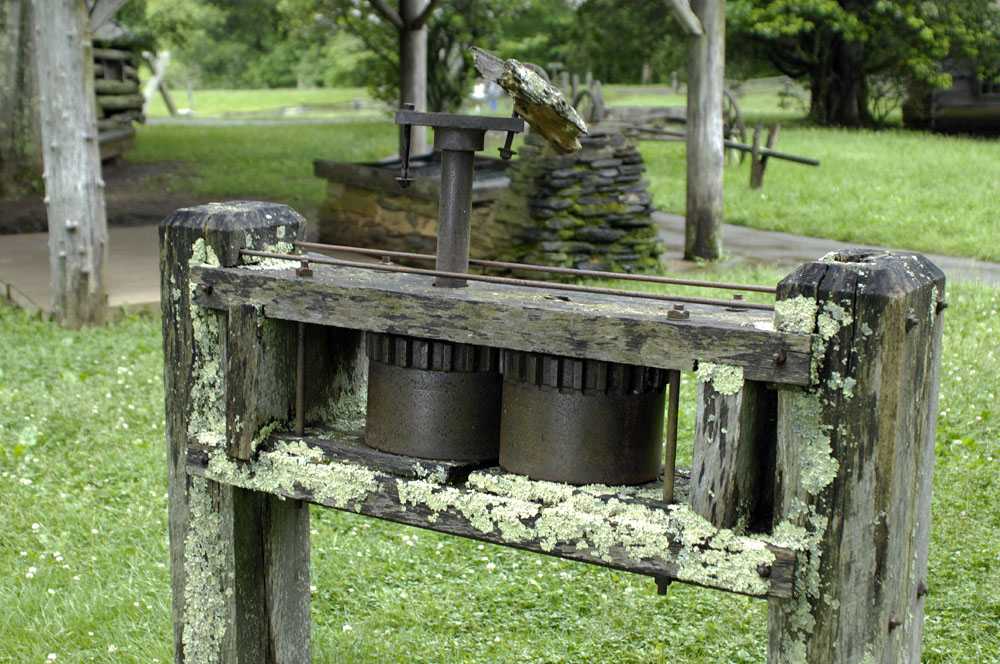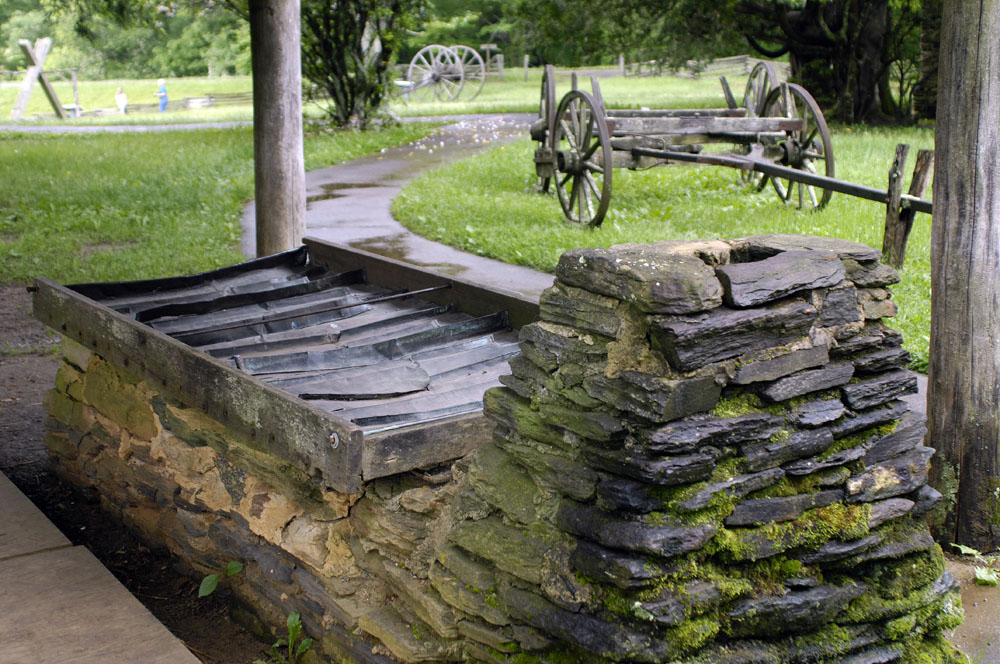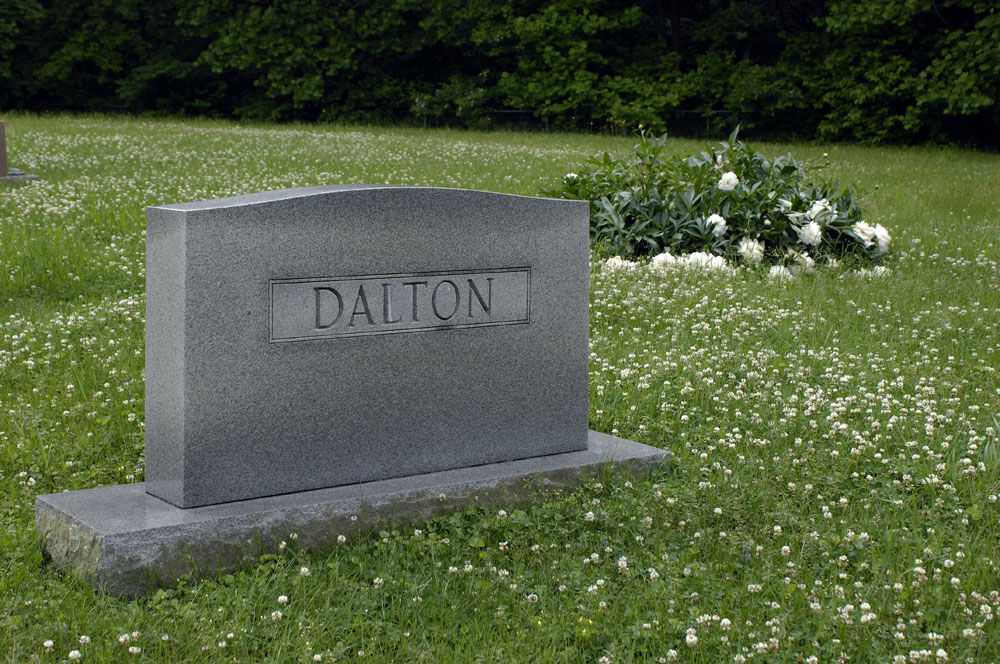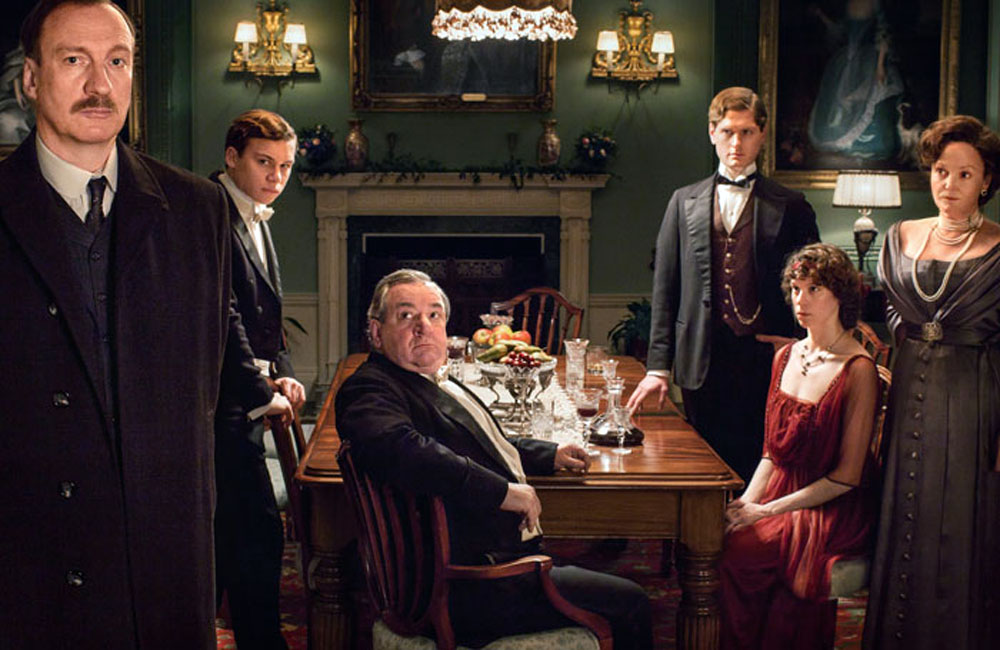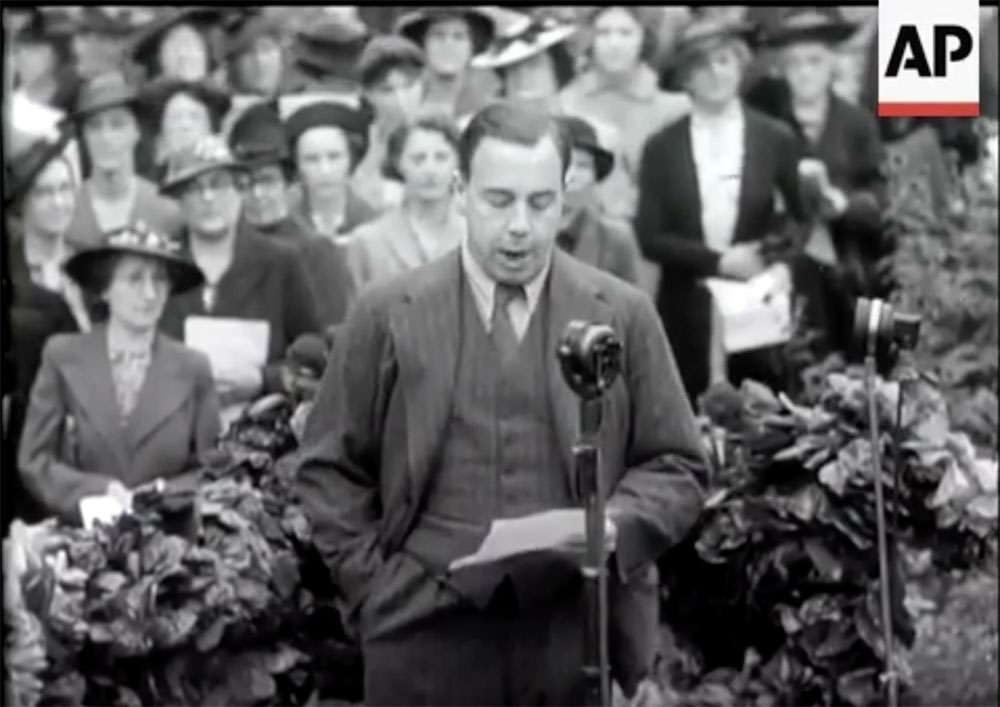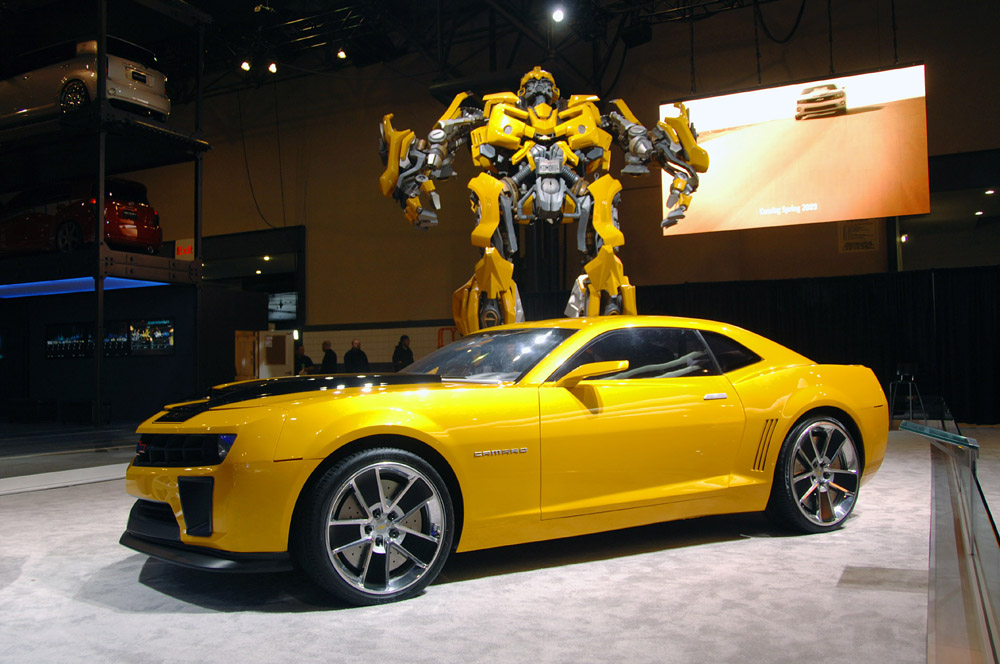
Normally, car design is one of the farthest things from my mind. But as I mentioned in a post a few weeks back, I recently bought a new car. So I’ve been noticing things that I normally ignore.
The thing I noticed while looking for a new car — and the thing I continue to notice as I drive here and there — is a trend in car design that I find both ugly and disturbing. From Cadillacs to Camrys, from family SUVs to sportier cars, nearly all cars these days look like warrior robots. It’s the Transformers look.
Whatever that says about us, it can’t be good.
I try to stay off the interstate highways. Going on the interstates feels like going to war. So maybe that has something to do with people’s love of cars that look like assault vehicles. But surely something else is going on. Judging from, say, the Camry’s design, it would appear that the Transformers look strongly took hold around 2015, though there were hints of it in the preceding years. Is it just that car makers recently figured out that aggressive designs sell? Not to mention that the Transformers movie franchise had already market-tested aggressive designs? No doubt it helped that we’ve been in a period of cheap gasoline. Big cars are in.
I came across an article from 2008 with the headline, “Science Shows People Prefer Angry, Aggressive Cars.” I’m afraid they do.
I also came across a scientific white paper from 2002 with the title, “Tin Cans or Assault Vehicles?: The Role of Crashworthiness and Non-Aggressiveness in Vehicle Safety Design, Promotion and Regulation.” This paper makes the point that, when considering a vehicle’s safety, people put no value on whether their car is likely to kill or injure someone else. They only think about their own safety. They (Americans, anyway) believe that big cars are the safest cars. The paradoxical consequence is that the greater number of heavier, less maneuverable vehicles on the road makes the roads less safe for everyone.
The more I’ve thought about it, the more I feel that aggressive car design is not just ugly, it’s ethically repugnant. Though I’m aware that there is no causal relationship, aggressive car design also coincides with disturbing new trends in highway safety. The long U.S. trend toward safer highways may have reversed in 2015. It’s still too soon to be sure. But ten states had frightening increases in highway fatalities between 2015 and 2017. In Rhode Island, the increase was 87 percent. Today’s vehicles have fantastic new safety systems, but it seems that these safety systems are being offset by driver distraction (phones, for example) and higher speeds. Europe, I believe, continues on a trend toward safer highways. Let’s not forget that most Europeans drive much smaller cars than Americans. If we Americans all drove smaller cars, we’d almost certainly all be safer.
Is it possible to be a conscientious objector and stay out of the highway wars? Not entirely, of course. It’s almost impossible to imagine a car-free lifestyle in this day and age, unless you live in a major American city with proper public transportation (there aren’t many of those). If I were still working rather than retired, and if I had to commute on today’s freeways, I’d probably feel differently about whether I should drive a bigger, more powerful car. But even if I did drive a bigger car, I’d prefer that it not look like an assault vehicle.
For whatever reason, I ended up with a car that looks like a mouse. I certainly felt like a mouse a few weeks ago when I drove on Interstate 40. Even with the speed control set exactly at the speed limit, a never-ending train of aggressive-looking and aggressively driven SUVs would bear down on me from behind, get a little too close if they were in my lane (the right lane, of course), and then race by like predators pursuing meatier prey than my mouse. I believe that the driving behavior of some of the drivers intentionally expressed contempt not only for my small car, but also contempt for any object that impedes their God-given right to guzzle gas and drive 20 mph over the speed limit. It put me in one of my people-hating moods.
One of these days, I promise, I’m going to come up with a blog post that finds some reasons for liking contemporary Americans. Most days, I can’t think of any. When Americans are on the road, they’re at their worst.
And you knew a political angle was coming, didn’t you? When an aggressive driver in an aggressive-looking SUV is bearing down on my mousy car on the interstate, I get a Republican vibe. Is there any data to support that? It’s hard to know for sure, for lack of data. But, as with all grim statistics, red states do have higher traffic fatality rates. Whether there’s a causal relationship or not, there still has to be something meaningful in that. And, yes, Democrats and Republicans have very different taste in cars, and it’s just what we liberals would expect. Only a eco-liberal would drive a car like mine, and they don’t like my kind.
It doesn’t surprise me that, in an era of weaponized and ugly politics, people drive weaponized and ugly cars.
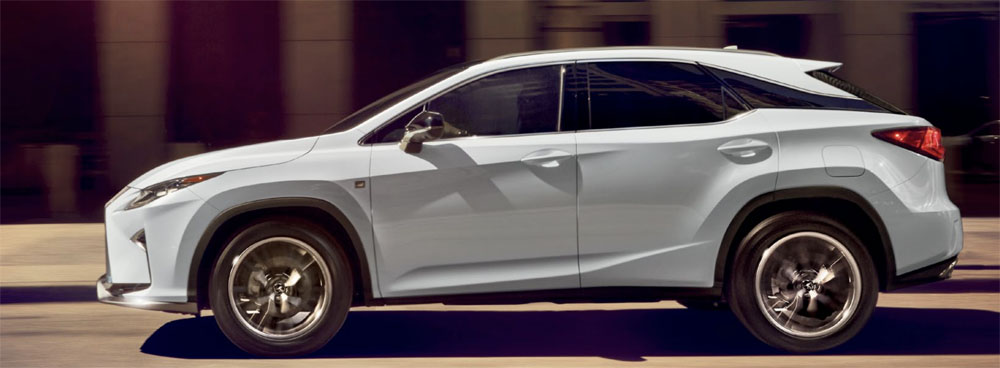
Another Transformers car. They all look alike to me.

